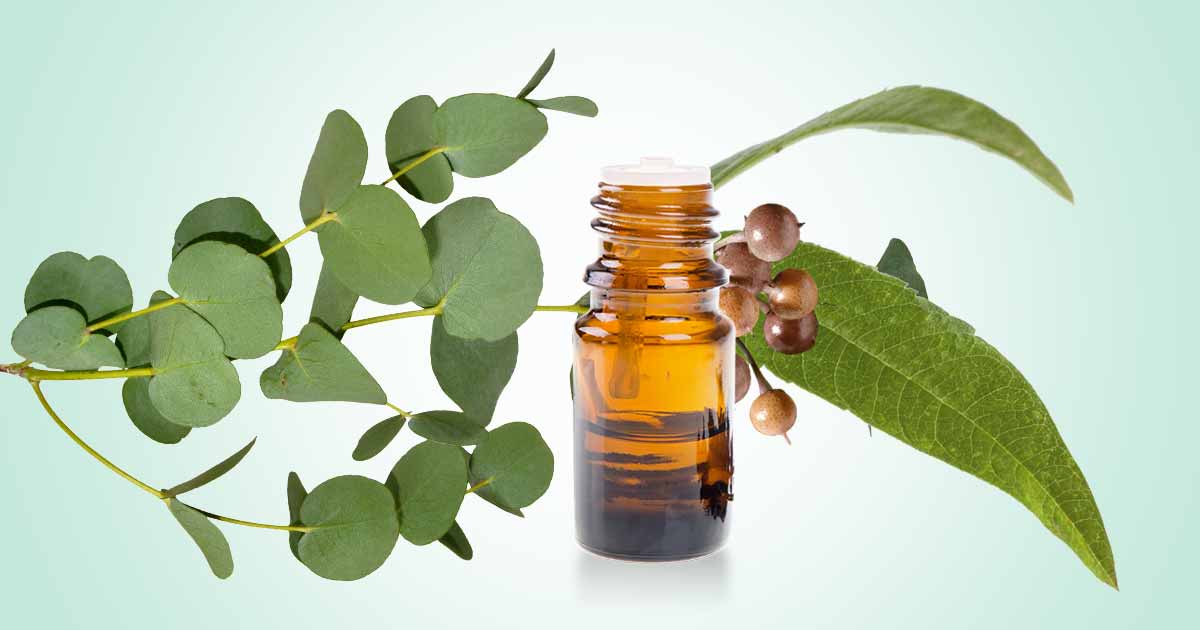Gmelina arborea is a deciduous, unarmed plant, that has moderate to tall height (up to 30 m), with diameter of 4.5 m, and straight trunk. The deciduous plant belonging to the Verbenaceae family, and has many branches, and large shady crown.
The leaves are opposite-decussate, soft and limp. There are many flowers which are reddish, brown, or yellow, and scented.
The fruits are drupe, glossy, obovoid, and sits on the enlarged calyx. It turns green when ripe, and has succulent and aromatic exocarp, while endocarp is bony and two-celled. It is edible, and has sweet-bitter taste. There are one to three exalbuminous seeds.
Bark is smooth, with pale ashy-grey or grey to yellow with black patches. The inner surface of the bark turns brown when exposed. Blaze is pale orange and mottled with a darker orange color.
Gmelina is widely distributed in South-East Asian countries such as India, Bangladesh, Vietnam, Cambodia, Japan, Thailand, China, Laos, Nepal, Pakistan, Malaysia, South American country like Brazil, and African countries such as Nigeria, Uganda, Zambia, Ivory Coast, Gambia, Kenya, Ghana, Malawi.
Local names include melina, gmelina, peuplier d Afrique (French), melina, gmelina (Spanish), Gumar-Teak (German), white teak, yemane, Malay beechwood, Kashmir tree, Candahar tree, beechwood, goomarteak, gmelina (English), gamari, gumbar, gumhar, gomari, gamar (Bengali).
It grows well in tropical semi-evergreen, deciduous, sub-montane, sal and dry teak forests, and low alluvial Savannah woodland.
Gmelina has been grown in avenues as ornamental plant. It is also an important fuel wood, as it is fast-growing. The wood is also a significant source of timber.
In traditional medicine, the bark, leaves, and roots has been used for treating ailments due to alkaloids constituents. The fruit and bark are used to treat bilious fever.
Flowers has been used to treat leprosy, and blood diseases, while sap from the wood is used to treat gonorrhoea, ulcer, wound, and cough. Root extract serves as a laxative, stomachic, blood purifier, tonic and as antidote.
The plant is one of the ingredients in Ayurvedic medicines such as “dashmuladikwath” and “bhrahatpanchamool”. Other traditional uses include treatment of piles, fever, diabetes, snake-bites.
Composition of Gmelina arborea
The leaves contain moisture, crude protein, carbohydrates, fiber, fat, and ash.
Macro and micro elements in the plant includes calcium, potassium, sodium, magnesium, phosphorus, zinc, iron, copper, manganese, and lead.
The fruit contains a low level of riboflavin, thiamin, niacin, ascorbic acid, vitamins A and E. Many essential amino acids are also present.
Gmelina contains flavonoids, tannins, saponins, terpenoids, phenols, and cardiac glycosides.
- Lignans: Lignin 2a, 6e-dipiperonyl-1e-2e-dihydroxy-3, 7-dioxabicyclo-[3, 3, 0]-octane, gmelanone, organobromine, (+)-gmelinol (11), (+)-epieudesmin, arboreal, (+)-7′ O-ethyl arboreal (9), (+)-paulownin.
- Flavonoids, Flavons, Flavone glycosides, Sterols: Luteolin, furanoresorcinol, β-sitosterol, triterpene alcohols, kaempferol, stigmasterol, stigmastanol, apigenin, quercetagetin, campesterol, and quercetin.
- Iridoid glycosides: rhamnopyranosylcatalpol derivatives, verbascoside (root and flowers)
- Fatty acids: lauric, palmitic, myristic, stearic, oleic, linoleic, linolenic, and, arachidic acids
- Other constituents like preminazole, hentriacontanol-1 (root), gmelinol (root), cluytylferulate (root)
The seed oils contain:
Methyl palmitate, methyl oleate, methyl stearate, methyl gondoate, methyl arachidate, methyl behenate. The fruit oil contains (Z)-3-hexenol, 1-octen-3-ol, heptacosane, pentacosane, and 1-pentacosene, nonanal, (E)-2-decenal.
Health Benefits of Gmelina arborea
Anticancer activity: Quercetin-3-O-robinobioside, a constituent in gmelina has activity against liver-carcinoma cell line. Other flavonoids, hydroxyl cinnamic acid derivatives, are important anticancer phytochemicals.
Antidiabetic effect: Aqueous extract from the heartwood bark of gmelina inhibit diabetes in Streptozotacin (STZ) induced diabetic rats. It contains constituents that scavenge free radicals, and increase blood GSH levels.
It also increases uptake of glucose at tissue leve, pancreatic β-cell function or inhibition of intestinal glucose absorption of glucose.
Anti-diarrhoeal activity: The stem bark extract is a laxative for treating stomach problems. The decoction may also be used as a stomach stimulant, and to loosen the phlegm.
Anti-helminthic activity: Both alcoholic, and methanolic extract of the leaf is used to manage helminthiasis. It may increase chloride ion conduction of worm muscle membrane by producing hyperpolarisation. It also reduces excitability that leads to muscle relaxation and flaccid paralysis.
Antioxidant effect: The root, bark, and leaf extract contains flavonoids. These compounds prevent damage due to oxidative stress. It reduced lipid peroxidation, increased superoxide dismutase and catalase activity and NO levels.
Analgesic activity: Stem bark extract when compared to paracetamol seems to be more effective, and inhibits peripheral pain mechanism, according to studies by Pravat et al. (2011).
Liver/kidney protection: Alkaloid, tannin, flavonoid, saponin, cyanogenic glycoside, phytate, and carbohydrate are constituents that seem to lower alanine transaminase (ALT) and aspartate transaminase (AST), alkaline phosphatase (ALP), serum creatinine and urea. These are markers of kidney and liver diseases.
Diuretic activity: Methanolic extract of Gmelina arborea increases the excretion of sodium, and at smaller extent, potassium. The diuretic action may be due to synergistic action of the [HCO3 −/Cl−], [HCO3 +/H+] exchangers and the [N+/H+] antiporter by inhibiting tubular reabsorption of water and accompanying anions to cause diuresis.
Cardioprotection: Studies by Vijay et al. (2011), suggested gmelina may protect the heart against doxorubicin (DOX) induced cardiac toxicity by decreasing cardiac markers (alanine transaminase (ALT) and aspartate transaminase (AST), alkaline phosphatase (ALP)) activities in plasma.
Antimicrobial activity: Compounds in the leaves and bark extract include alkaloids, tannins, phenols, saponins, flavonoids, and anthraquinone. These compounds have inhibitory activity against gram-positive and gram-negative organisms such as E. coli, K. pneumonia, P. dysentria, S. typhia, and P. mirabilis.
Antifungal activities have been recorded against Trametes versicolor and Fomitopsis palustris by components such as 7′O ethyl arboreol, paulownin, gmelinol, epieudesmin and β-sitosterol.
Aspergillus niger, Penicillium notatum, and Candida albicans may also be inhibited by the root extract.
Anti-ulcer effect: Animal studies using gmelina on ethanol induced gastric lesions on rat model suggest it may have gastroprotective activity.
Also, studies with model such as cold restrains stress induced ulcers, aspirin induced ulcer, pylorus
ligation induced ulcers, seems to point that leaf extract of the plant has antiulcer effect.
Toxicity
Studies using aqueous extract of Gmelina arborea (300, 1000, and 2000 mg/kg per day) administered orally for a period of 28 days in Wistar rats, resulted in no mortality or morbidity. There were no changes in appearances or physical features such as fur, skin, eyes, and nose remained normal.
Other side effects such as tremors, convulsion, salivation, diarrhea, were not observed. Weight remained fairly constant, as well as feeding and drinking habit.
The maximally tolerated dose (MTD) of Gmelina arborea extract in oral administration is greater than 5000 mg/kg body weight.
References:
- https://www.academia.edu/38024707/Chemical_Composition_of_Gmelina_Gmelina_arborea_Fruits_and_Leaves_and_Their_Adoption_as_Livestock_Feed_Resources_in_Mubi_Area
- https://www.researchgate.net/publication/324837643_Gmelina_arborea_chemical_constituents_pharmacological_activities_and_applications
- https://www.ajol.info/index.php/agrosh/article/view/107113
- https://www.tandfonline.com/doi/full/10.3109/13880209.2010.489228
- https://www.scholarsresearchlibrary.com/articles/an-overview-on-phytochemistry-and-pharmacological-properties-of-gmelina-arborea.pdf
- https://apps.worldagroforestry.org/treedb/AFTPDFS/Gmelina_arborea.PDF
- https://tropical.theferns.info/viewtropical.php?id=Gmelina+arborea











